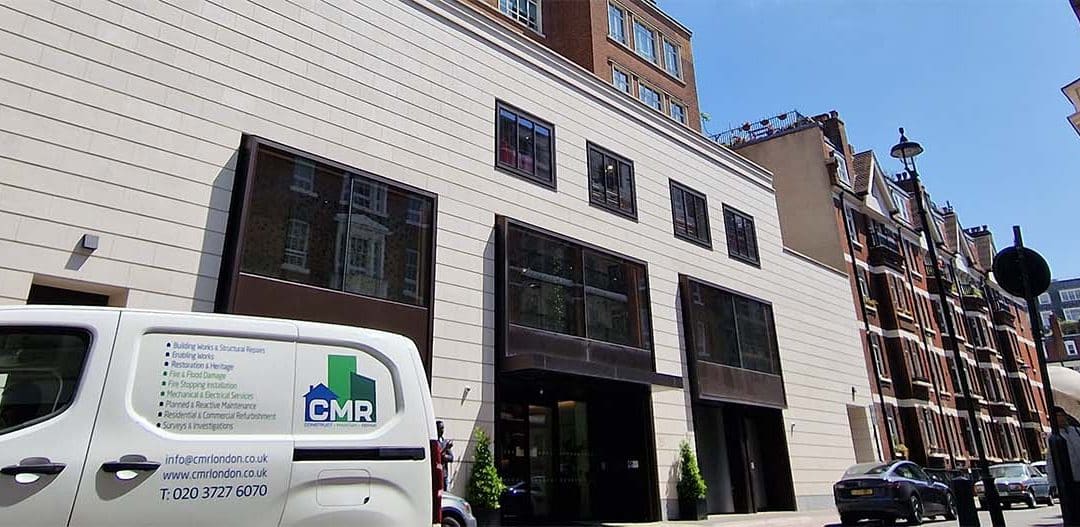Refurbishing public sector buildings in the UK comes with its own set of unique challenges and considerations. Whether it’s a school in need of modernisation, a hospital requiring crucial upgrades, or a government building demanding enhanced accessibility, navigating this process effectively is vital to ensure successful and compliant projects.
This comprehensive guide will walk you through the key aspects of public sector building refurbishment, providing valuable insights and practical advice for a smooth and efficient project.
1. Understanding the Specific Needs of Public Sector Buildings
Public sector buildings serve a diverse range of purposes and user groups, each with distinct requirements. Consider these factors:
- Accessibility: Compliance with the Equality Act 2010 is crucial, ensuring buildings are accessible to all, including those with disabilities.
- Safety: Stringent fire regulations and health and safety standards must be met to protect occupants and visitors.
- Sustainability: Incorporating energy-efficient solutions and sustainable materials is essential for reducing environmental impact and operating costs
- Budgetary Constraints: Public sector projects often operate within strict budgets, requiring careful planning and cost management.
2. Navigating the Regulatory Landscape
Public sector refurbishments are subject to various regulations and procurement procedures. Key considerations include:
- Public Contracts Regulations 2015: Ensure compliance with these regulations throughout the procurement process.
- Planning Permission: Obtain necessary planning permissions and building regulations approvals before commencing work.
- Listed Building Consent: If the building is listed, secure listed building consent to preserve its historical significance.
3. Prioritising Sustainability and Efficiency
Modernising public sector buildings presents a prime opportunity to enhance energy efficiency and reduce carbon emissions. Consider these strategies:
- Upgrading Insulation: Improve thermal performance with effective insulation in walls, roofs, and floors.
- Installing Energy-Efficient Windows: Reduce heat loss and improve natural light with double or triple glazing.
- Renewable Energy Sources: Explore integrating solar panels or heat pumps to generate renewable energy.
- Smart Building Technologies: Implement building management systems to optimise energy consumption and automate lighting and heating.
4. Choosing the Right Refurbishment Partner
Selecting a qualified and experienced refurbishment partner is paramount. Look for contractors with:
- Proven Track Record: Experience in delivering successful public sector refurbishment projects.
- Relevant Accreditations: Certifications demonstrating compliance with industry standards (e.g., CHAS, Constructionline).
- Strong Project Management Skills: Ability to manage projects effectively, ensuring timely completion and budget adherence.
- Commitment to Sustainability: A demonstrable commitment to sustainable practices and environmental responsibility.
5. Ensuring a Smooth and Efficient Refurbishment Process
Careful planning and communication are key to a successful refurbishment.
- Thorough Surveys: Conduct comprehensive building surveys to identify potential issues and inform refurbishment plans.
- Detailed Specifications: Develop clear and detailed specifications to ensure all parties understand the project scope.
- Effective Communication: Maintain open and transparent communication with stakeholders throughout the project lifecycle.
- Quality Control: Implement robust quality control measures to ensure high standards of workmanship.
- CMR London: Your Trusted Partner for Public Sector Refurbishment
With extensive experience in delivering high-quality public sector refurbishment projects, CMR London possesses the expertise and commitment to transform your vision into reality. We prioritise sustainability, efficiency, and compliance, ensuring projects are completed on time and within budget.
Contact us today to discuss your public sector refurbishment needs

